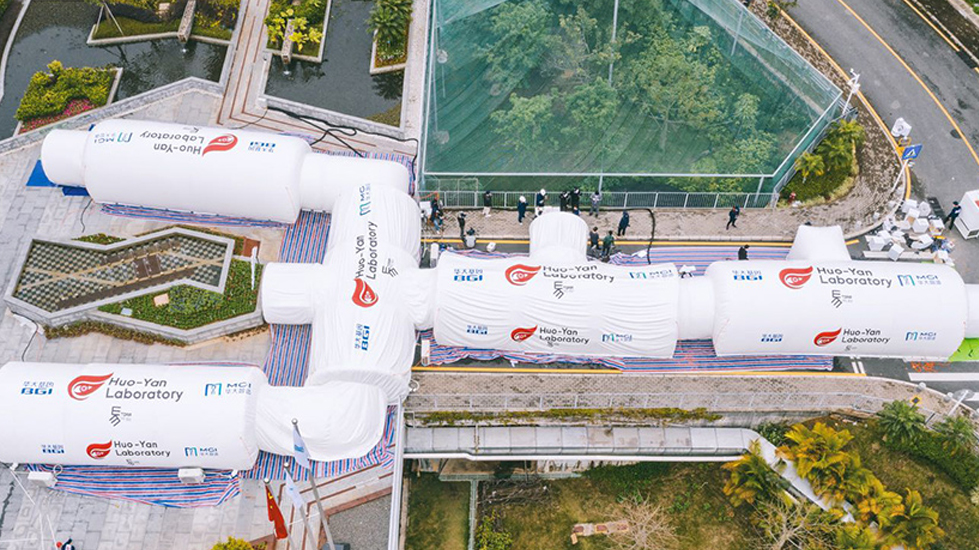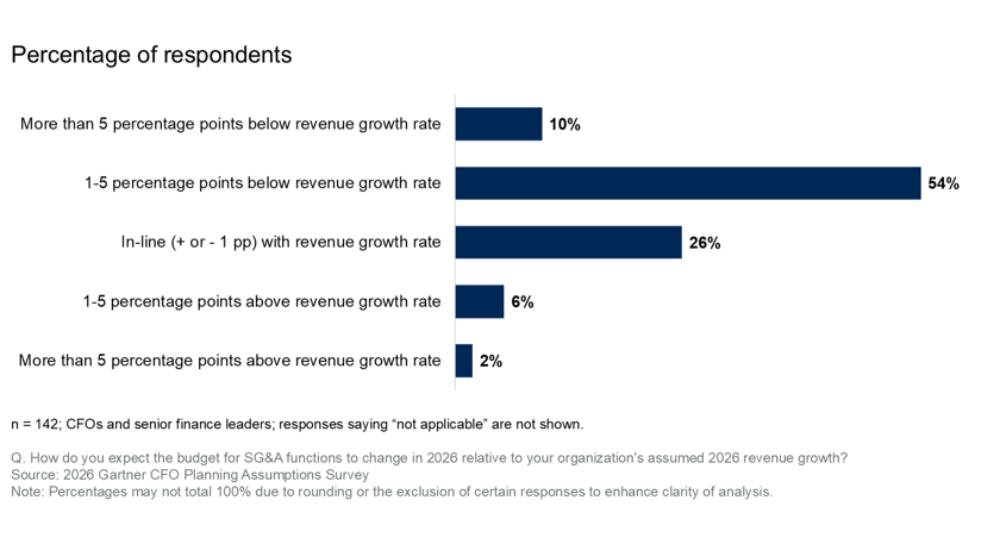The ability of a country to quickly implement early screening and detection of COVID-19 cases has proven key to effectively managing the spread of the disease. But the scale and speed of infection has posed serious challenges to many governments. In order to address these challenges BGI, in collaboration with the company Etopia, have jointly designed a mobile, inflatable P2 level biosafety laboratory, the Huo-Yan Air Lab, which enables partners to rapidly deploy and implement a professional, in-country diagnostic laboratory solution for COVID-19.
The Huo-Yan Air Lab was unveiled at a launch ceremony at the China National GeneBank on April 3. Because of the outbreak, the ceremony was held in the form of an online cloud broadcast, and nearly half a million people watched the event live on multiple platforms. The Huo-Yan Air Lab is an expertly designed biological nucleic acid laboratory launched by BGI for the screening and testing of SARS-CoV-2, for both present and future needs. The Huo-Yan Air Lab uses a modular air dome structure. It can be easily transported by air as standard freight on any commercial passenger plane, and quickly constructed and safely deployed locally to support the screening and detection capabilities of countries around the world, thereby allowing authorities to control the pandemic at an earlier stage.
A P3 level biosafety laboratory was constructed using an inflatable structure during the Ebola outbreak in 2014 in West Africa, where BGI contributed to the response efforts and helped to develop virus detection kits. A patent for the Huo-Yan Air Lab has been filed and registered with the international Patent Cooperation Treaty. The lab covers an area of about 400 square meters and is designed to process from 5,000 to 10,000 samples per day.
Technical overview
The design of Huo-Yan Air Lab consists of five major functional areas: Sample Collection, Sample Reception, Sample Preparation, Reagent Preparation and Amplification. The Huo-Yan Air Lab is equipped with auxiliary conversion space, including air lock conversion and medical waste exhaust system, and is installed with Class II biological safety cabinets, automatic nucleic acid preparation instruments, qPCR instruments, antibody detection equipment, gene sequencers, high-performance servers and other COVID-19 virus nucleic acid detection equipment.
The laboratory is designed with a fresh air system and High Efficiency Particulate Air Filter to independently filter and manage the air entering and exiting the air in each functional area. This ensures that the gases in each functional space do not contaminate each other, and at the same time guarantees that outward emissions are correctly and safely filtered to comply with relevant standards and guidelines for biological safety in gene amplification laboratories and virus detection laboratories.
At the unveiling ceremony it was announced that the laboratory aims to obtain third-party certification for testing in the near future. Dr SU Yunsheng PhD, Executive Vice President of the Shanghai International Institute of Design and Innovation and founder of Shanghai Etopia, introduced the Huo-Yan Air Lab advantages, including scalability, low energy consumption, intelligent design, effective storage, easy transportation and dismantling. Further, in the future the laboratory will be optimised so that it can be sprayed with composite materials in order to form a concrete shell structure and become a permanent structure where needed.
“For countries without laboratories or where emergency needs cannot be met, we are addressing the problem with bold innovation,” said BGI Genomics CEO YIN Ye.
Key takeaways
- The Huo-Yan Air Lab is an expertly designed biological nucleic acid laboratory for the screening and testing of SARS-CoV-2, for both present and future needs.
- The lab can be easily transported by air as standard freight on any commercial passenger plane, and quickly constructed and safely deployed locally.
- The design consists of five major functional areas: Sample Collection, Sample Reception, Sample Preparation, Reagent Preparation and Amplification.




